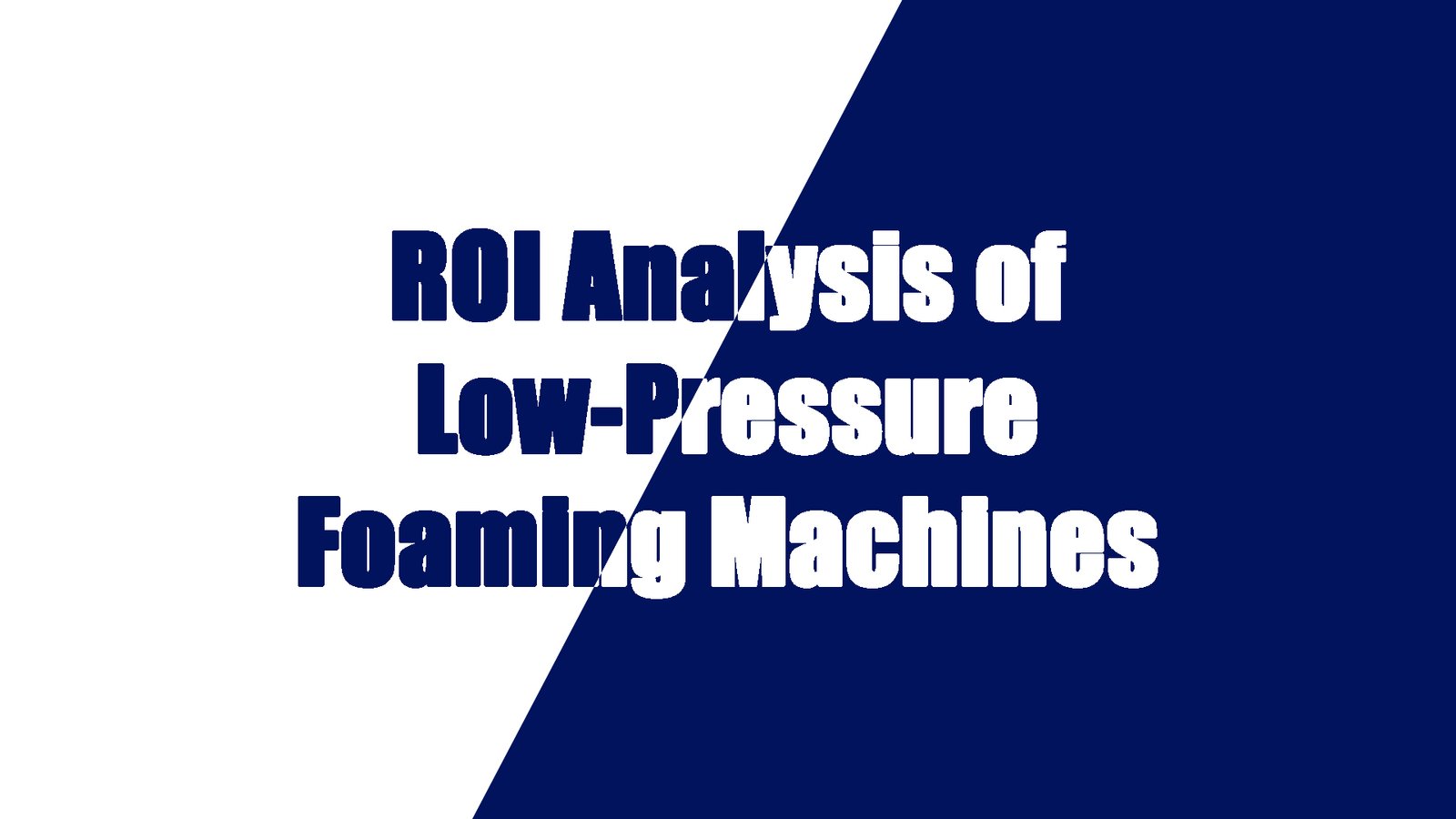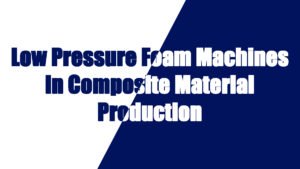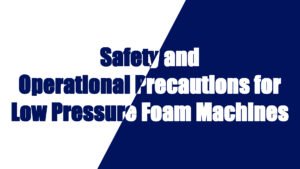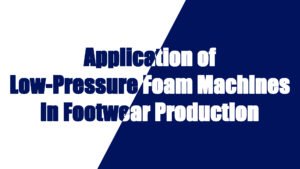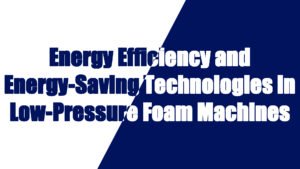Low-pressure pu foam machines are widely used in various industries for their efficiency, cost-effectiveness, and ability to optimize production. These machines help increase production efficiency, reduce material waste, and lower maintenance costs, significantly enhancing the return on investment (ROI). This article delves into how low-pressure foaming machines can help businesses maximize value and shorten the payback period by providing concrete examples and detailed analysis.
1. Improving Production Efficiency and Reducing Cycle Time
- Efficient Production Process: Low-pressure foaming machines are known for their simple structure and ease of operation, making production lines more efficient. Compared to high-pressure machines, low-pressure machines typically have faster operation speeds and do not require high-pressure handling, which significantly shortens the production cycle time. For example, a sofa manufacturer using low-pressure foaming machines shortened its production cycle by 15%, increasing annual output by 20%.
- Reduced Downtime: Low-pressure foaming machines are more reliable with fewer maintenance needs, leading to less downtime. A shoe manufacturer using low-pressure machines saw a 30% reduction in equipment failure frequency, which directly improved the operating time of production lines and increased production efficiency, thereby boosting output.
2. Reducing Material Waste and Lowering Raw Material Costs
- Precise Mixing and Foaming Control:PU Low-pressure foaming machines are equipped with high-precision metering systems that control the mixing ratio of the A and B components accurately. This ensures uniform foam production and minimizes material waste. For instance, a furniture factory using low-pressure machines reduced material waste by 12%, leading to substantial savings on raw material costs.
- Lower Defect Rates and Rework Costs: Low-pressure foaming machines ensure stable product quality, minimizing defects caused by uneven foaming. By controlling foam density accurately, businesses can reduce the need for rework and waste disposal. A mattress manufacturer saw a 15% improvement in product yield, reducing costs associated with rework and returns.
3. Lower Maintenance Costs Resulting in Long-Term ROI
- High Equipment Stability: Low-pressure foaming machines have simpler structures, making them more stable and reliable, thus lowering maintenance costs. Due to their reliability, companies do not need frequent repairs or part replacements. A sofa producer saw a 20% reduction in maintenance expenses after adopting low-pressure machines. This change significantly lowered the long-term operational costs.
- Simplified Maintenance: The maintenance process for low-pressure foaming machines is less complex, reducing the need for specialized technicians and lowering labor costs. For example, a mattress factory required only three routine maintenance checks over three months, ensuring the equipment remained in optimal working condition and saving on repair expenses.
4. Short-Term ROI Analysis
- Quick Payback Period: Low-pressure pu foaming machines typically offer a short payback period due to their low initial investment and reduced maintenance costs. By increasing production output and reducing material waste, companies can recover their investment quickly. A shoe manufacturer, after introducing low-pressure foaming machines, increased production efficiency by 20%, leading to a 15% revenue growth, and recouped the investment in 9 months.
- High-Cost Performance Investment: Compared to high-pressure machines, low-pressure machines are more affordable, and their low maintenance and operational costs result in a higher return on investment over time. In various industries, low-pressure foaming machines have become the preferred choice for medium and small-scale producers, especially in high-demand production environments. A footwear manufacturer, for instance, achieved an ROI of 25% in the first year of using a low-pressure machine and recouped the initial investment in just six months.
5. Case Studies: How Low-Pressure Foaming Machines Deliver ROI
- Case 1: Furniture Manufacturer
A furniture manufacturer implemented low-pressure foaming machines, resulting in a 30% increase in production efficiency, a 20% reduction in production cycle time, and a 12% decrease in material waste. The company saw an 18% increase in profits, and within one year, it recouped 70% of its equipment investment, realizing a visible ROI in a short period. - Case 2: Footwear Manufacturer
A footwear company using low-pressure foaming machines experienced a 25% increase in production speed, a 15% reduction in material waste, and a 12% decrease in product defects. The company’s profits grew by 20%, and the investment was recouped in 10 months after the machines were introduced.
6. Conclusion: Long-Term ROI of Low-Pressure Foaming Machines
Low-pressure foaming machines offer significant ROI through their ability to enhance production efficiency, reduce material waste, and lower maintenance costs. With their simple operation and high reliability, businesses can quickly recover their investment and continue to benefit from the long-term savings and enhanced output. As production scales up and technology improves, low-pressure foaming machines will continue to offer cost control and efficiency gains across various industries.
ROI Checklist for Low-Pressure Foaming Machines
| Checkpoint | Description |
| Improved Production Efficiency | Check if production speed and output have significantly increased, and cycle time has been reduced. |
| Raw Material Savings | Verify if material waste has decreased and the usage of raw materials has been optimized. |
| Lower Defect Rates | Confirm if product quality is stable and the defect rate has dropped. |
| Maintenance Costs | Evaluate if the frequency and cost of maintenance are lower than industry standards and if downtime has been reduced. |
| Payback Period | Calculate the payback period to ensure that the investment is recovered within a reasonable timeframe. |
| Profit Growth | Assess the profit increase resulting from improved efficiency and cost savings. |
By evaluating these factors, businesses can clearly see the significant ROI that low-pressure foaming machines provide. As industries continue to adopt these machines, they will realize both short-term and long-term financial benefits.


















